Triangles are one of the most common geometric shapes we encounter daily.
Our food, jewelry, and the structures around us feature these fascinating shapes. However, have you ever taken the time to observe these triangles and determine what type of triangles they are?
There are different types of triangles. These include equilateral, scalene, and isosceles triangles.
The isosceles triangle is a type of triangle that has two sides that are of equal length. These two equal sides form what people often refer to as the legs of the triangle.
The third side of the triangle is not equal in length to the other two sides. This side is referred to as the base of the triangle.
Because the legs of the isosceles triangle are equal in length, they form angles of equal measure at the point where they meet with the base.
The two base angles of an isosceles triangle are therefore always equal.
Examples of Isosceles triangles in real life
1. Double Pitched Roof
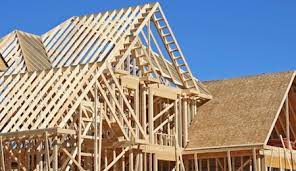
Many buildings feature a double-pitched roof. When viewed from one end, the roof edges meet at a common point to form a triangle.
In many instances, these edges are equal in length. The roof trusses form an isosceles triangle.
2. Pizza Slices

Having a craving for pizza? Pizzas are best enjoyed in slices. These slices feature sides that are of equal length.
While the base of the pizza slice is rounded, a straight line can be drawn from the point where each edge meets with the base.
This forms an isosceles triangle. Pizza slices are a delicious example of isosceles triangles in real life.
3. Church Steeple
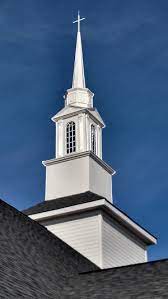
Many churches feature a steeple. This architectural feature is used to identify churches and differentiate them from other types of buildings.
Steeples are also used to enhance the aesthetic effect of the building. Steeples are tall and triangular in shape.
They have two equal sides and a base that is shorter than the two sides.
4. Tepees

The Tepee is the traditional structure that Native Americans used or shelter.
The basic structure of a teepee consists of legs of equal length that are tied together to form the top of the teepee.
The legs are spread to provide support for the cover of the teepee.
Adjacent legs in the teepee form an isosceles triangle as they are of equal length and the base is of a different length.
5. Birds in flight

Birds often migrate to other geographic locations when temperatures begin to drop.
Many birds fly in a formation that takes the shape of an isosceles triangle.
They have a bird at the tip of the triangle that leads the flock.
An equal number of birds fly to the left and right of this lead bird forming the legs of an isosceles triangle.
This formation allows the birds to conserve their energy as they fly over long distances.
6. Silhouette of a spruce tree
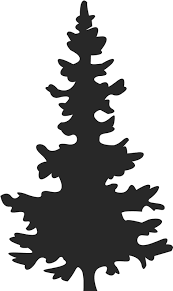
If you view a spruce tree from a distance, its silhouette will form an isosceles triangle.
These trees have pointed tips. Their branches spread wider towards the base of the tree and the branches are shorter as you move up the tree. This results in a triangular shape.
Spruces often have a silhouette that features two equal sides and a base of different length. They are an example of isosceles triangles in nature.
7. Spear and Arrow Heads

Many communities in ancient times relied on spears and arrows to hunt as well as to defend themselves from their enemies.
Arrow and spear heads often took the shape of an isosceles triangle. This enabled the spear or arrowhead to have a pointed tip and a strong structure.
8. Jewelry
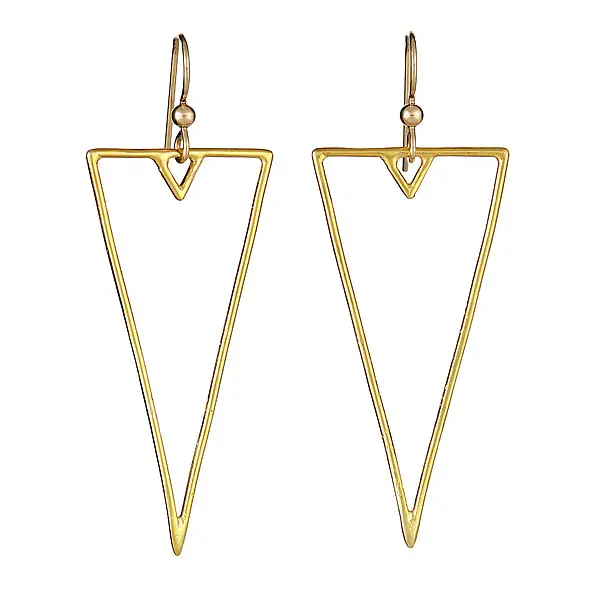
Jewelry comes in all shapes. Isosceles triangles are an especially popular shape for earrings.
These triangles offer a sense of balance. The straight lines give a modern chic touch to any ensemble.
9. Tripod Stands
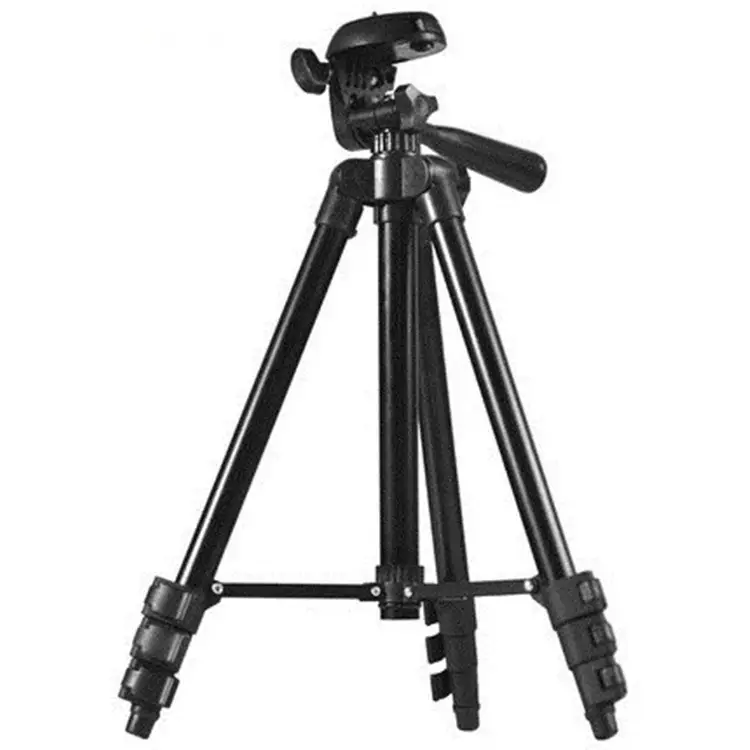
Tripod stands are designed to provide support for books, drawing pads, or cameras. They keep your hands free for other tasks.
Tripod stands have three legs that are equal in length. Adjacent legs form isosceles triangles when the stand is open.
10. Truss bridges
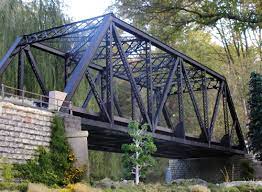
Truss bridges feature triangles in their structure. Engineers often use isosceles triangles as these not only provide strength but also help to distribute weight more evenly across the bridge because of the equal base angles.
Isosceles triangles form a major part of the world around us. They are a common feature in the structures around us.
